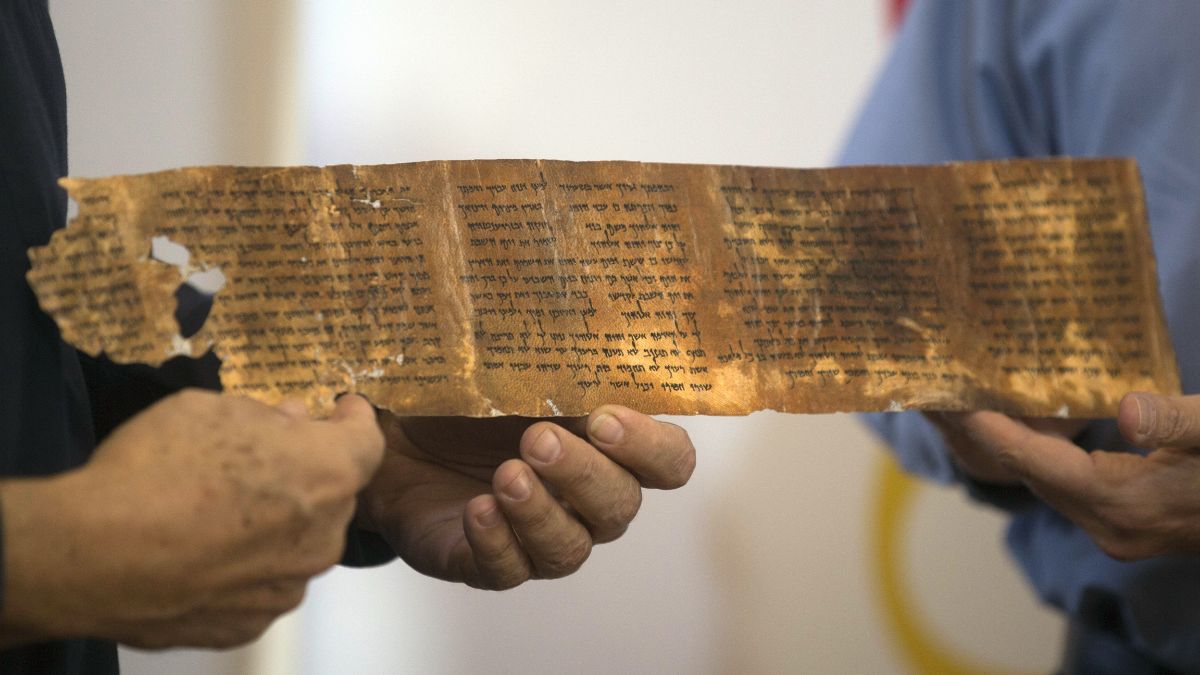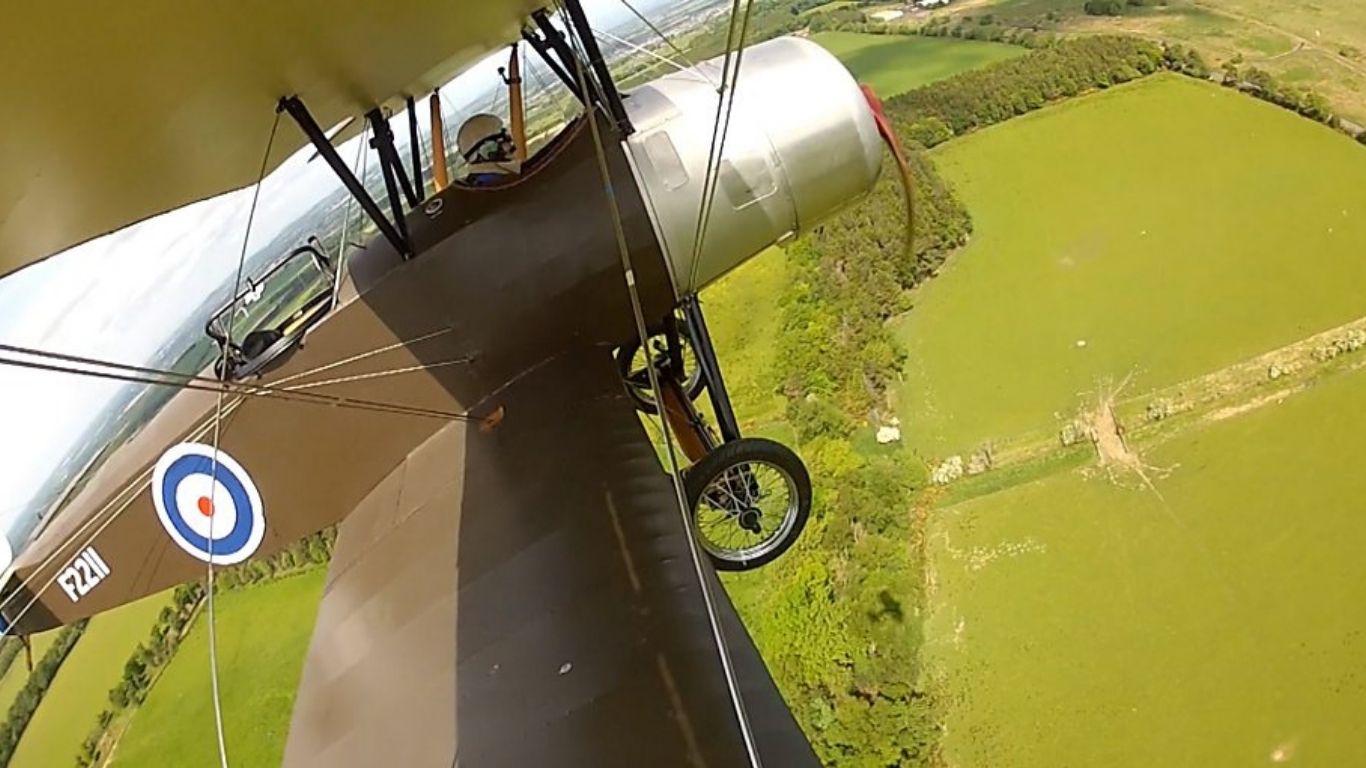A Cosmic Baby Photo With Wrinkles
As we look into the very remote past of the Universe, we expect to see beginnings, small, unorganized, early forms unfolding in the aftermath of the Big Bang. But thanks to the James Webb Space Telescope (JWST), we’re seeing something very different. Instead of cosmic infants, JWST is showing us galaxies that are already mature, large, organized, and, in some cases, already finished with star formation, just a few hundred million years after the Universe began. It’s like finding your baby photo and realizing you’re already wearing a business suit and carrying a mortgage. It doesn’t add up, but it’s what the data is telling us.
Galaxies That Hit Fast Forward
Astronomers believed for decades that galaxies would take billions of years to form piecemeal. The early Universe was imagined to be a chaotic place where small clouds of gas and dark matter slowly merged, started forming stars, merged with other galaxies, and gradually constructed the complex shapes we see today. Yet JWST is rebelling against that entire narrative. Its cutting-edge infrared technology allows it to peer deeper into space, and further back in time, than ever before. And what it’s finding is nothing less than astonishing: galaxies that already have structure, size, and features we didn’t expect to see until much later in the Universe’s history. Some of these galaxies also show signs of “bars”, long bands of stars that cut through the center of galaxies and help organize the motion of gas and stars. These bars do not usually form until galaxies are settled and fairly mature. To see them in galaxies that were present only a few hundred million years after the Big Bang means that these galaxies matured much more rapidly than anyone had expected.
The Overachievers of the Universe
It’s not just about structure. Some of these early galaxies are giants, with as much mass as our Milky Way or more. And even more confusingly, some of them had already stopped forming stars, as though they’d burned out young and retired from galactic life. One of these galaxies, a “red monster”, formed stars so efficiently that it exhausted its fuel and quenched star formation at a time when the Universe itself was still in its youth. This stands in stark opposition to the standard view of slow, ongoing cosmic evolution.
Rewriting the Rules of Galaxy Formation
So what would drive such rapid growth? Astronomers are looking at several possibilities. Maybe the infant Universe was awash in cold gas flows that poured into infant galaxies, allowing them to grow up quickly. Or maybe supermassive black holes formed earlier and were more dominant than we thought, sculpting galaxies more quickly with their powerful gravity. Maybe the early Universe was just better at turning gas into stars. For whatever reason, these observations are contradicting previous assumptions. Our models of galaxy evolution may need to be tweaked to incorporate this early rush of cosmic adulthood.
A Human Story Written in the Stars
There’s something deeply recognizable about these galaxies. We all know people who had to grow up too fast, who never got the free-wheeling period of life and were pushed into adulthood too soon. Now we discover the Universe has its own spin on that story. There were galaxies that didn’t slog through puberty, they sprinted. They built themselves quickly, developed structure and stability, and in a few cases, evolved while the rest of the Universe was still finding its footing. Thanks to JWST, we’re not just witnessing old light, we’re reading a new chapter in the story of the Universe, one that reminds us that the cosmos, much like life, doesn’t always follow the expected timeline. Sometimes, it rushes ahead, leaving us scrambling to catch up.



